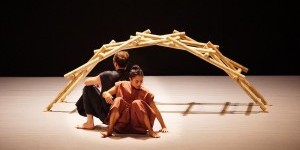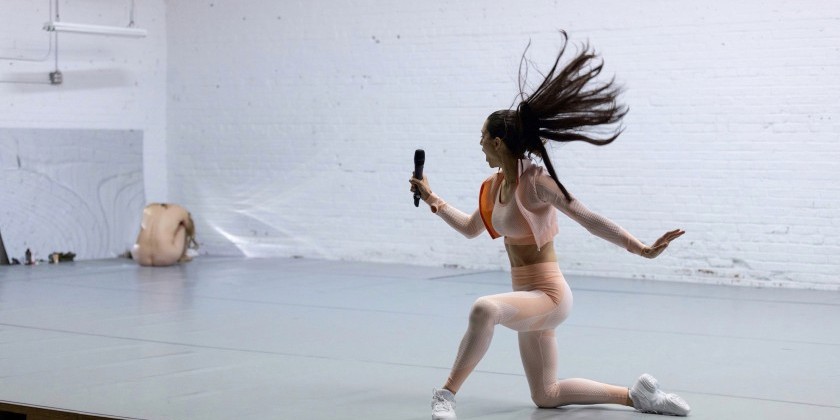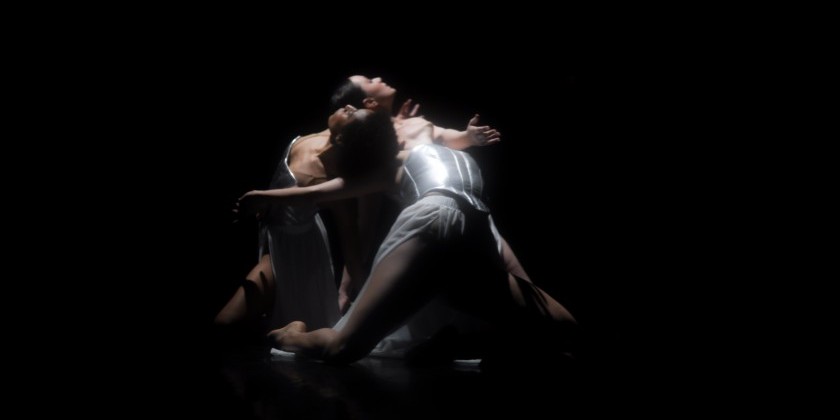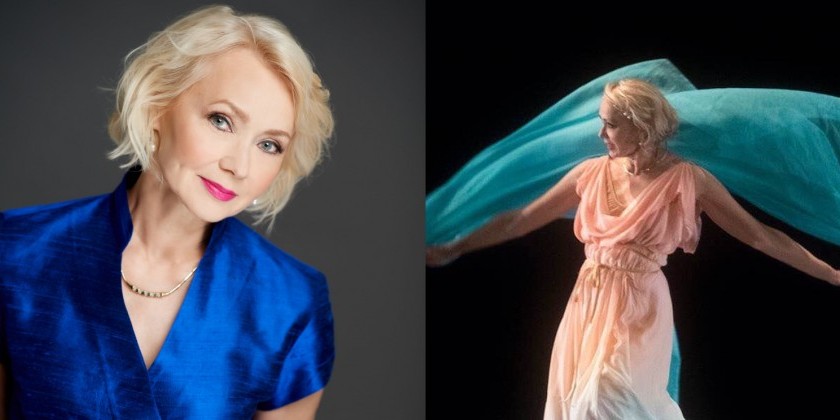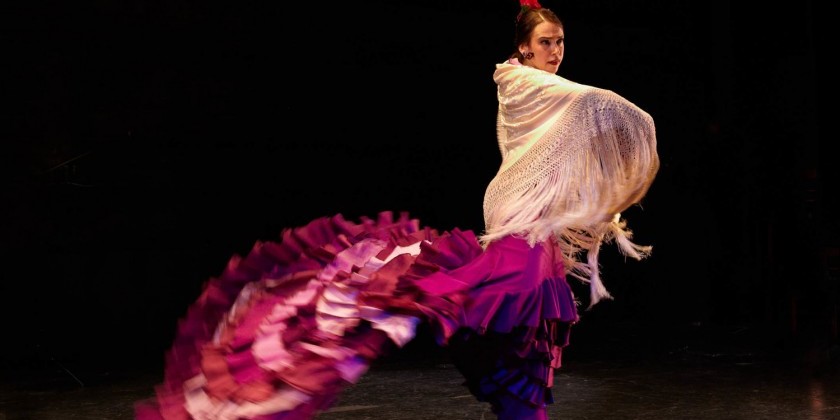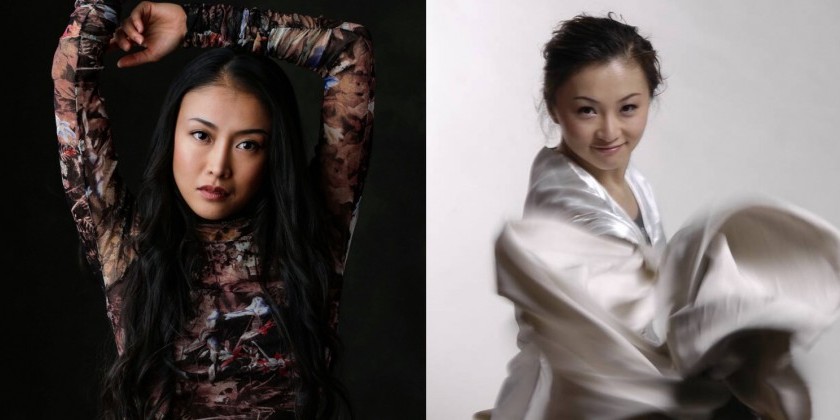TDE Asks Aesha Ash of The Swan Dreams Project

The Emerita of Ballet Challenges Stereotypes and Endorses Young Dreams
Previously a professional ballet dancer, Aesha Ash is an alumna of the School of American Ballet and a former dancer with multiple companies including the New York City Ballet, the Béjart Ballet Lausanne in Switzerland, as well as Alonzo King Lines Ballet.
Despite having retired, Ash still finds herself on tippy-toe for a greater cause. Starring the former ballerina and shot by Renee Scott, Arleen Thaler and Daryl Thaler, The Swan Dreams Project (an homage to the legendary ballet Swan Lake and its coveted role, the White Swan) is a photography series that challenges stereotypes and endorses young dreams.
Read our interview with the SJW (social justice warrior) and view sample images from the series below.
Sammi Lim for The Dance Enthusiast: The last time I looked up your whereabouts and goings-on you were a freelance ballerina. Is that still the case?
Aesha Ash: No, I am no longer dancing. I retired a bit early and started my family. I am now married and have two children. My children have never seen their mommy dance and it saddens me that they never had the opportunity to know that part of me, but my kitchen turns into a dance studio very often and my kids love joining in. When not volunteering at my daughter’s school, doing work for my project or buried under my normal family duties, I teach ballet and pilates classes.
TDE: The Swan Dreams Project aims to inspire youth through the power of imagery. Was a younger you also inspired to pursue ballet after exposure to mass media?
AA: The challenge of ballet inspired me, as well as the fact that there were so few women of color. I was warned of the difficulties I would face as a woman of color, and that pushed me to continue to pursue ballet. I had always lived my life wanting to dispel media stereotypes surrounding women of color starting as far back as elementary school. Pursuing a career as a ballet dancer provided a way for me to use the passion I had for dance to continue my mission. Now I continue this mission through my project.
TDE: Where was the gorgeous photography series shot?
AA: The photos were taken between my hometown of Rochester, NY and Richmond, CA. As a dancer I see things in movement. It was a bit difficult to explain what I needed. I wanted the images to be a bit provocative and to start a dialogue around stereotypes, labels and the powerful effects imagery has on all of us – good and bad.
TDE: How did you select the right photographer(s) for your project?
AA: Photographer Renee Scott stopped me in the grocery store while I was shopping with my two children. She asked if she could photograph my family and me. During the photo shoot, she was extremely kind and very easy to work with. I began to speak with her about my project and she mentioned her desire to photograph dancers. After our family photo shoot, I decided to collaborate with her. Renee has a huge heart and willingness to go the extra mile for that perfect shot. I am very happy to have chosen her.
The photographers I used in my hometown of Rochester, NY were actually my cousin and her husband. Prior to that, I had no idea I had a photographer in the family! Turns out that Arleen and her husband Daryl Thaler make a great photography team. Arleen is a photojournalist, and often uses her photography to focus on tough issues such as poverty and homelessness. They both loved the idea of my project and were eager to jump on board. With a very limited budget, it was helpful to have family willing to lend a hand. They went above and beyond to help me get the perfect shot. They are two incredible human beings.
At the end of the day, competent photography is only part of what I needed. It’s important to me to work with those who are not only professional, but who are kind and compassionate human beings.
TDE: Give us an idea of how each session was carried out. Did you propose the poses or did the photographer provide direction?
AA: I sat down with each photographer and explained the objective of my project and what I wanted to convey. I explained the importance of being on locations similar to where I grew up. As for posing, I didn't want the focus to be taken away by showing off flexibility or the athletic ability of a dancer. I also didn't want the photos to promote 'Aesha Ash the dancer.' The message is the photograph in its entirety.
The Swan Dreams Project should allow people to look past society's existing barriers. Seeing images of a ballet dancer of color in inner-city communities allows others to see the beauty in people and places so often overlooked and misunderstood. There are many children with hopes, dreams and aspirations that extend beyond the limitations that society has placed upon them. Not only was it important for me to convey this to those who view the images, but also for those who observed the photo shoot itself. Beauty and grace are not defined by status or race. My hope is that The Swan Dreams Project makes this message ring loud and clear. I made each photographer aware of this message. I then put on my tutu and pointe shoes, began moving and we went from there.
TDE: What are some heartening remarks and reactions you've received from the community?
AA: During the first shoot in 2011, most positive reactions came from older people in the community. When I did the shoot again this last year, I was overwhelmed by the number of teenagers and young adults who were touched by my presence. It was clear that they were hungry for something, and my presence was providing some much needed positivity. It was the first time that they reached out almost immediately on social media to express what this meant to them. Here are just a few of the comments I received:
“There is HOPE. Dreams are bigger than this city.”
“Culture is the Cure.”
“Peace in the middle of chaos.”
“In the heart of the ghetto there is a woman drawing a picture! She's writing a book without words! She's opening the eyes of those who are blind."
“I want you to know that your images bring such beauty to a places that kills so many dreams.”
“I just saw your photos on a friend's page and I just wanted to say THANKS for showing our city that there's still HOPE although it may not look like it.”
Aesha is on the lookout for organizations or individuals with like-minded goals to partner with. This would provide an opportunity to brainstorm on additional ways to further the project and do more for communities.







